In the arrangment shown in fin.
 Find the fringe width.
Find the fringe width.
d
2d
4d
3d
The correct Answer is:b
For dark spot at O,
Δx=(AB+BO)−AO
=2(D2+d2)1/2−2D=2D[(1+d2D2)1/2−1]
⇒Δx=d2D
d2D=λ2⇒d=√Dλ4
Detlax at P:
Δx=(AB+BP)−(AC+PC)
=(AB−AC)+(BP−PC)
Δx at O: Δx=λ2
The path difference at P will be zero if x=d. Hence next maxima will front at P.
Fringe width = distance between two consecutive dark to brigth fringes
=2× distance between two consective bright dark fringes
=2×d
Topper's Solved these Questions
- WAVE OPTICSBOOK - CENGAGE PHYSICSCHAPTER - WAVE OPTICSEXERCISE - Integer
3 Videos
- WAVE OPTICSBOOK - CENGAGE PHYSICSCHAPTER - WAVE OPTICSEXERCISE - Archives
4 Videos
- WAVE OPTICSBOOK - CENGAGE PHYSICSCHAPTER - WAVE OPTICSEXERCISE - Assertion- Reasoning
13 Videos
- THERMODYNAMICSBOOK - CENGAGE PHYSICSCHAPTER - THERMODYNAMICSEXERCISE - QUESTION BANK
34 Videos
- WAVESBOOK - CENGAGE PHYSICSCHAPTER - WAVESEXERCISE - QUESTION BANK
38 Videos
Similar Questions
In the arrangement shown , find the equivalent capacitance between A and B
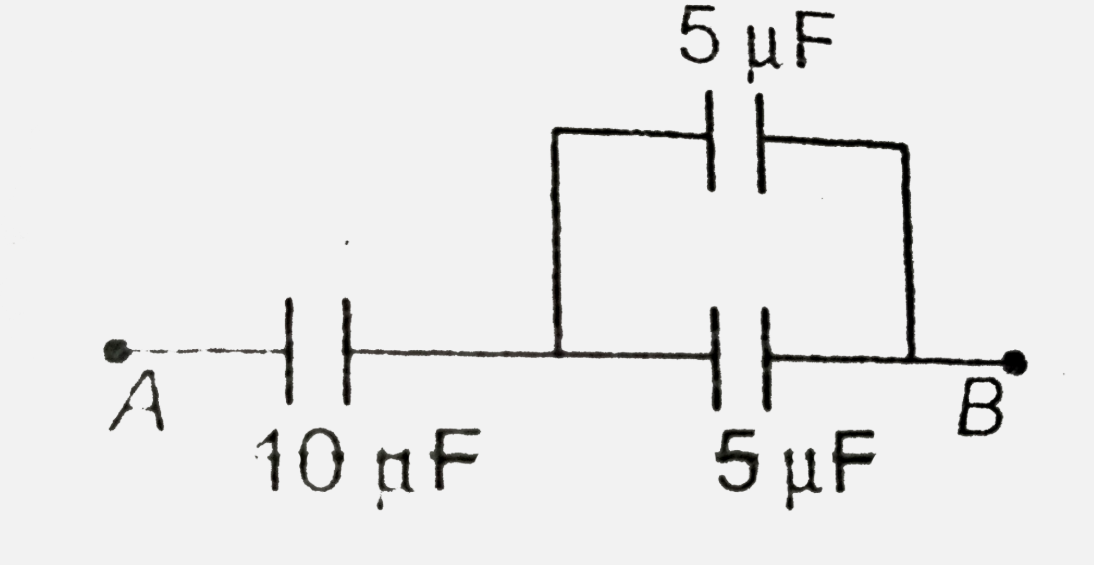
View SolutionConsider the arrangement shown in figure-6.38. The distance D is large compared to the separation d between the slits.
(a) Find the minimum value of d so that there is a dark fringe at O.
(b) Suppose d has this value. Find the distance x at which the next bright fringe is formed.
(c ) Find the fringe width.

View Solution
Knowledge Check
In the arrangment shown in fin.
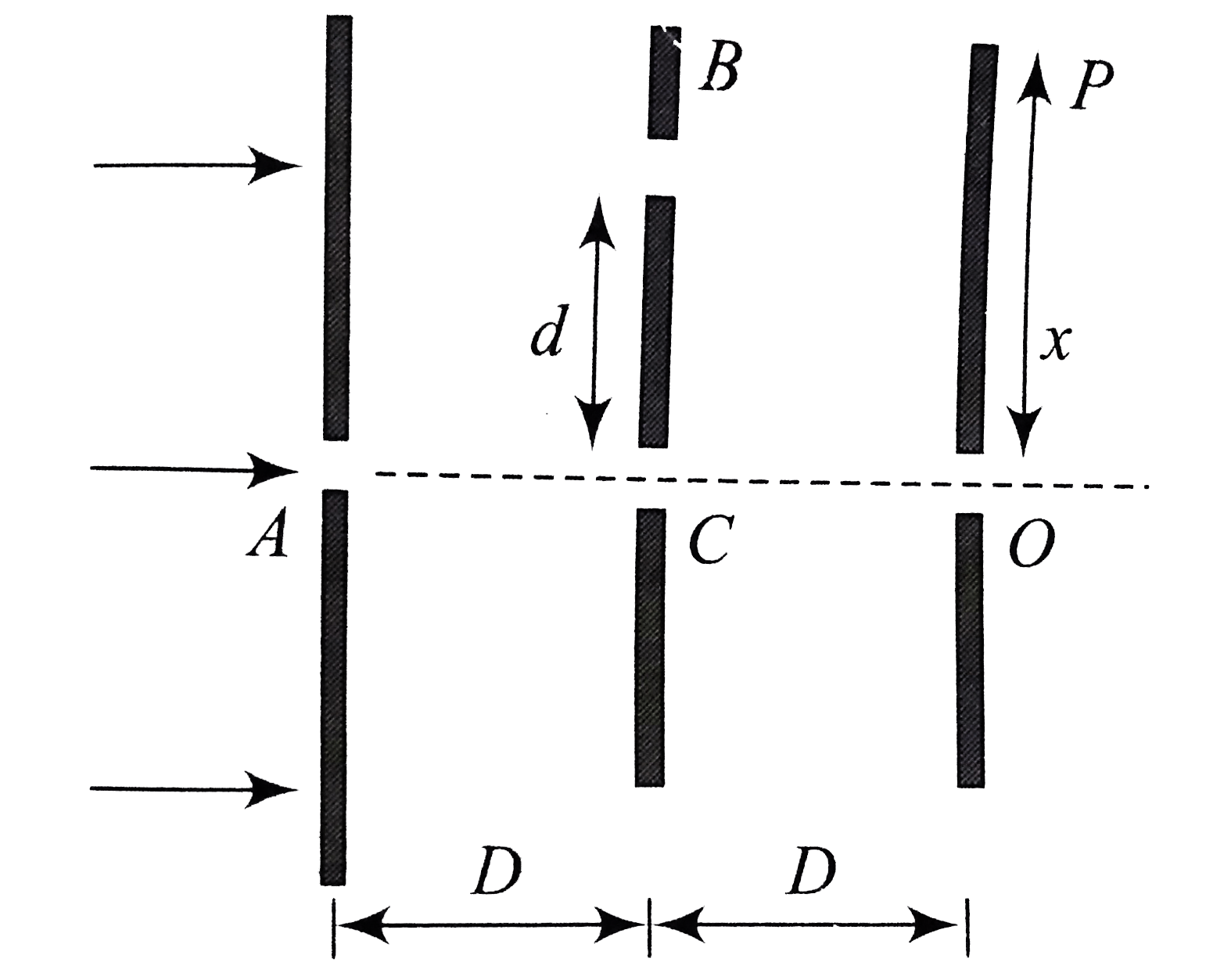
Find the distance x at which the next fringe is formed.A3λ2Bλ4Cλ2D5λ2In the arrangment shown in fin.
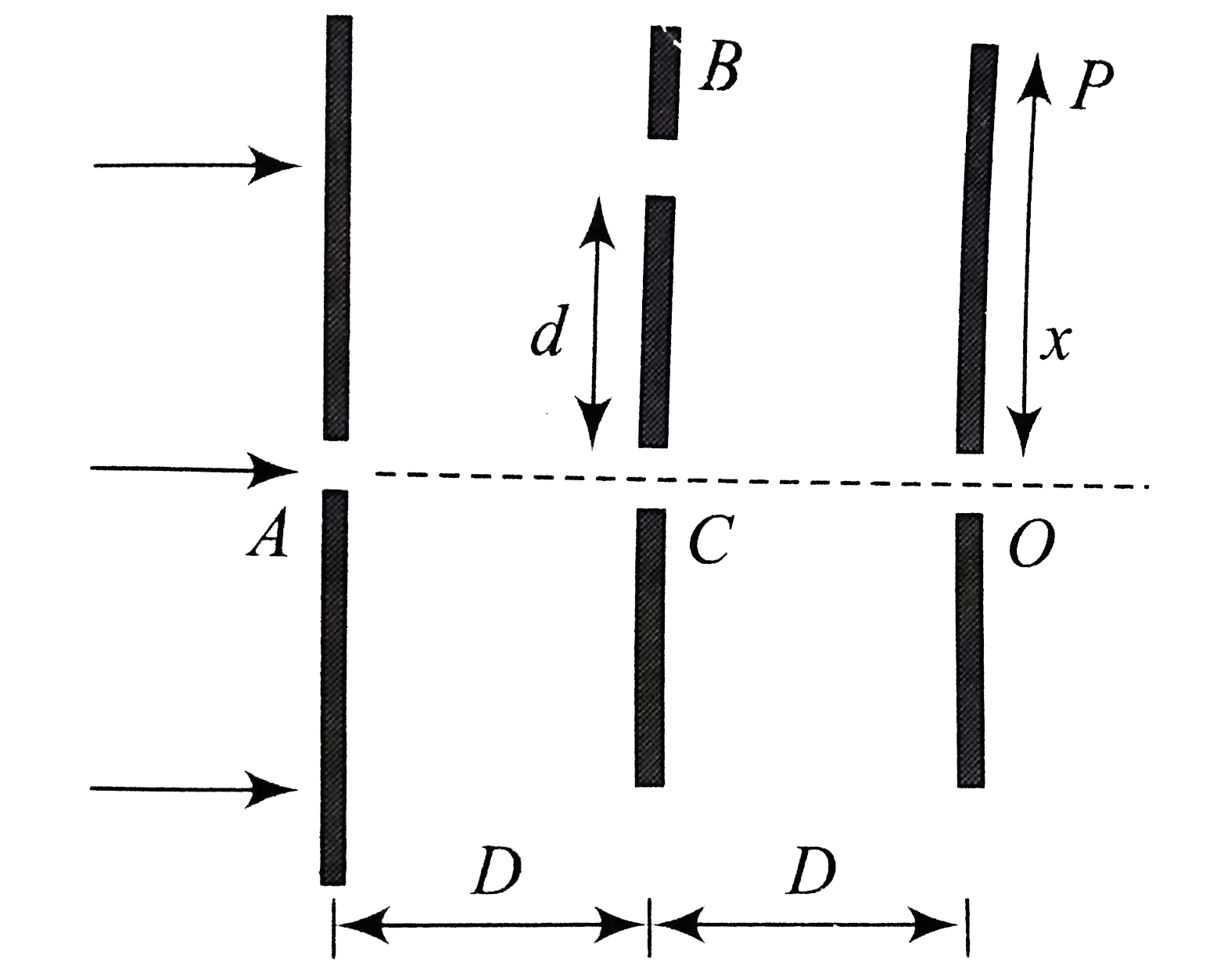
For what minimum value of d is there a dark bant at point O on the screen?A√Dλ4B√3Dλ4C√Dλ8D√2Dλ43In a biprism experiment, fringe width is 0.4 mm when the eypiece is at a distance of 1 mm from the slit. If eyepiece is moved without changing any other arrangment then the change in fringe width is
A0.1mmB0.2mmC0.15mmD0.25mm
Consider the arrangement shown in figure. The distance D is large compared to the searated d between the slits. a. Find the minimum value of d so that there is a dark fringe at O. b. Suppose d has this value. Find the distance x at which the next bright firnnge is formed. c.Find teh fringe width.

View SolutionIn a arrangement shown in the fig.the distance D is latge compared to the separation d between this slits ,find:
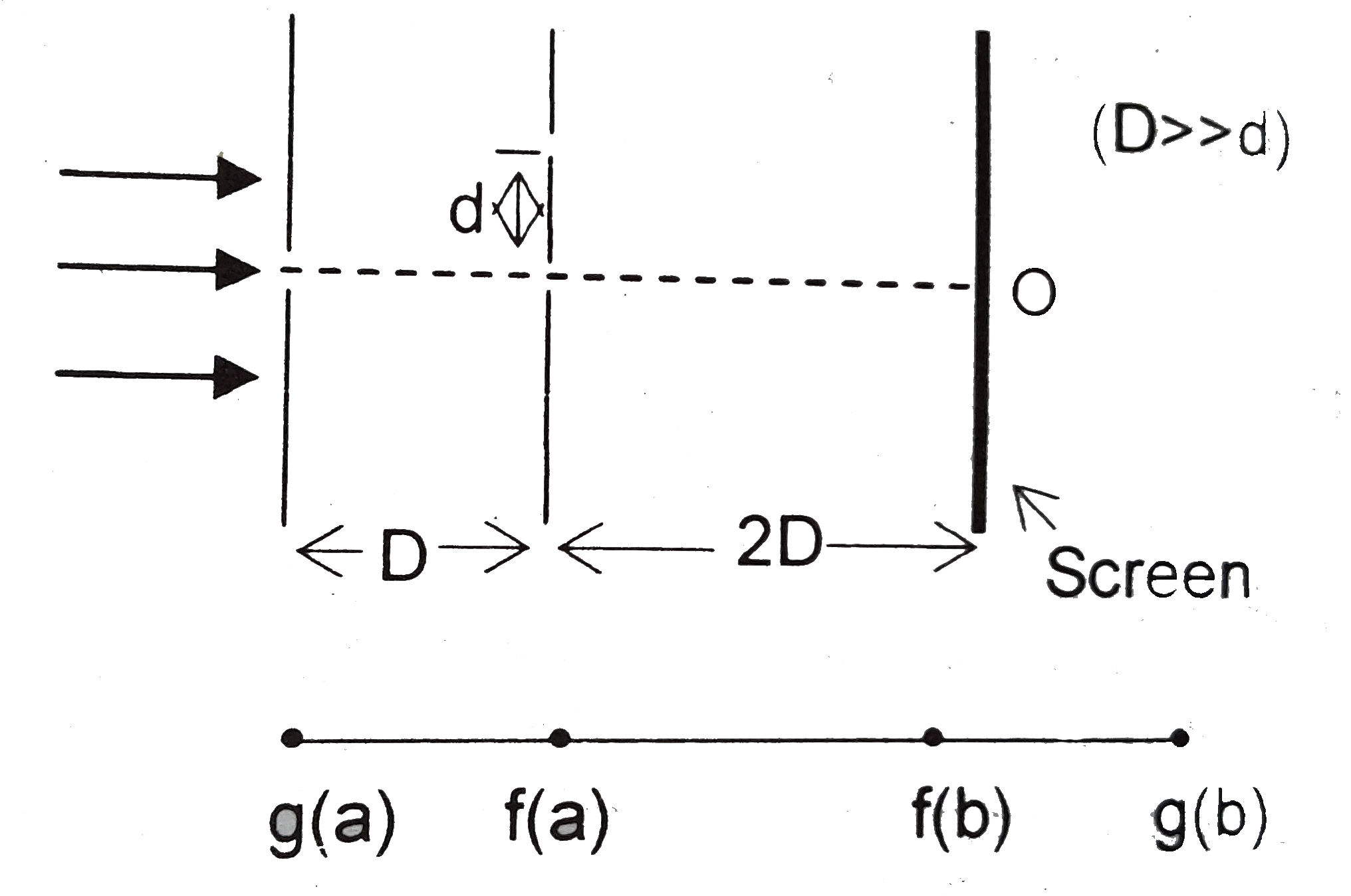
The fringe width is
View SolutionIn a arrangement shown in the fig.the distance D is latge compared to the separation d between this slits ,find:

The position of first bright fringe for the minimum value of dis
View SolutionIn a arrangement shown in the fig.the distance D is latge compared to the separation d between this slits ,find:
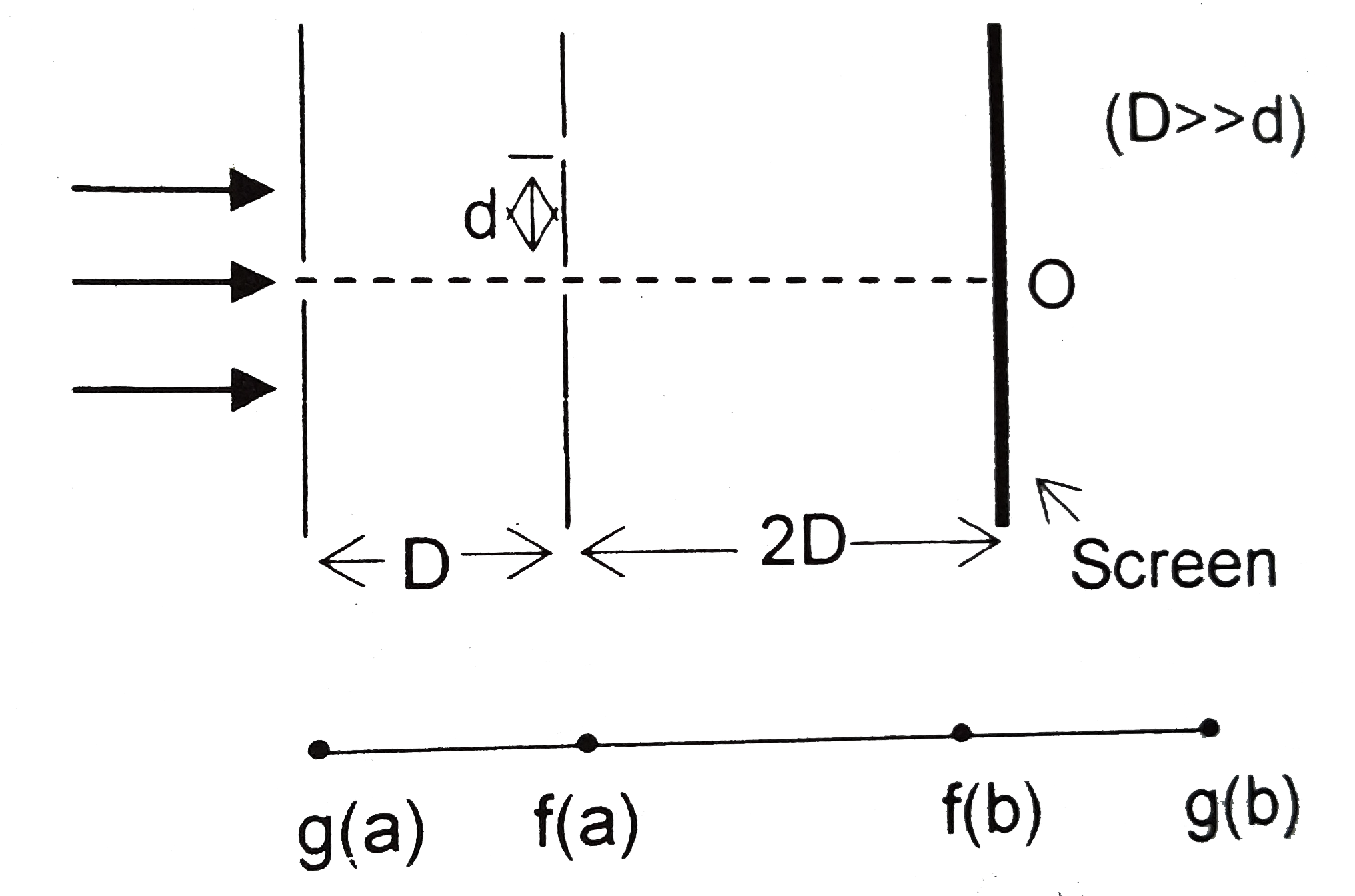
The minimum value of d for which there is a dark fringe at the point O.
View SolutionConsider the YDSE (Young's double slit experiment ) arrangement shown in figure . The screen in the arrangement starts accelerating from rest in positive x-direction, with acceleration a=kt, (here k is a constant ), then rate of change of fringe width ( R) varies with time t as
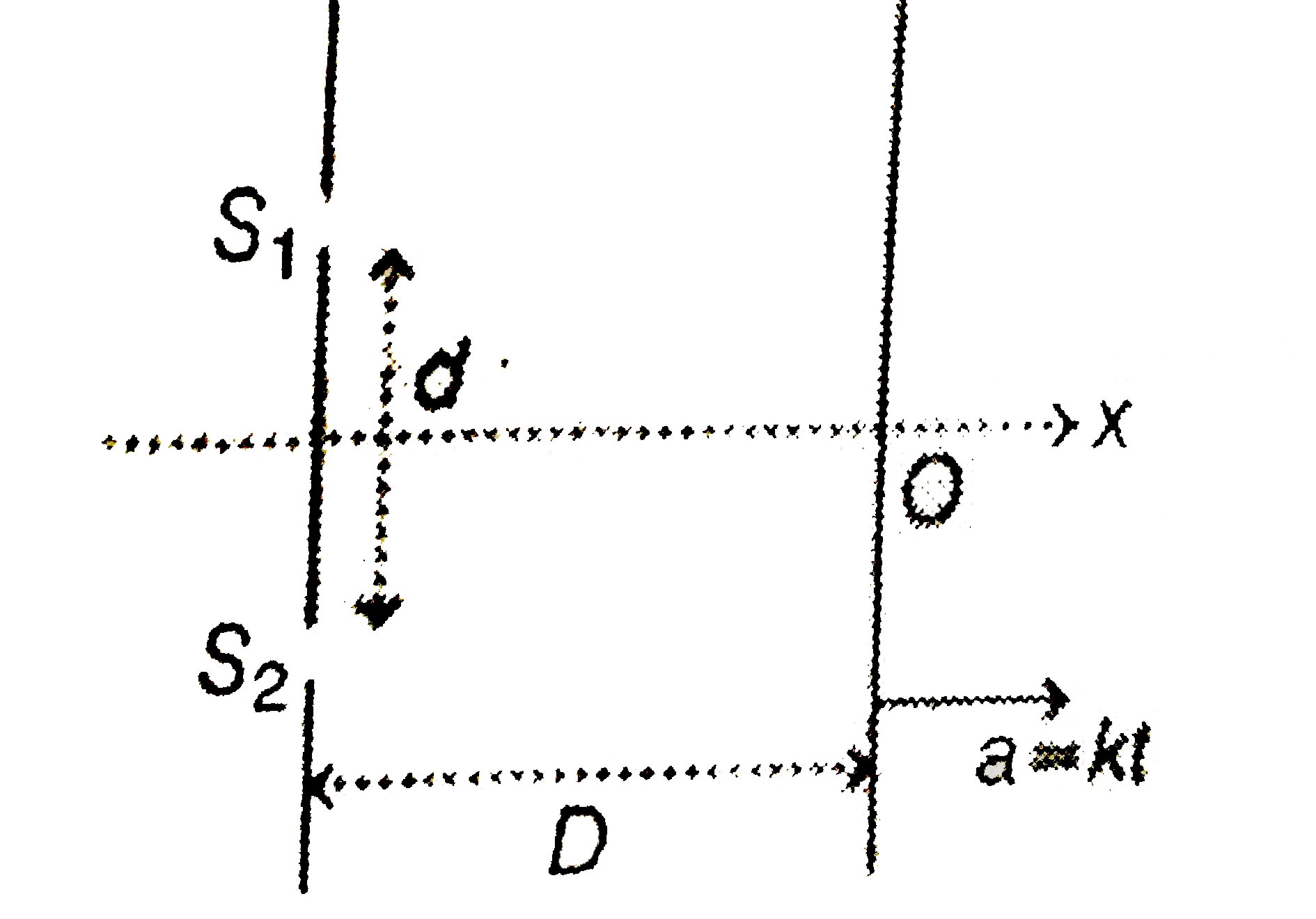
View Solution
